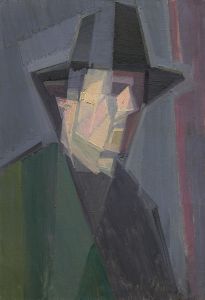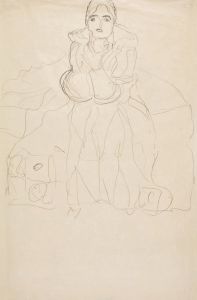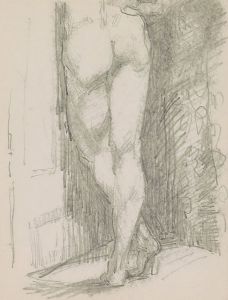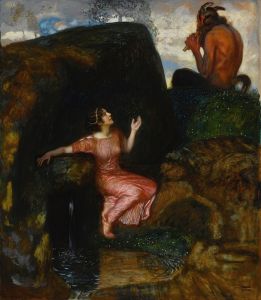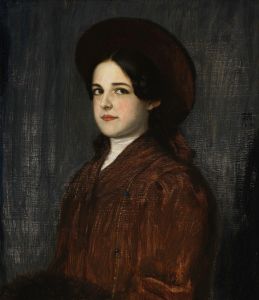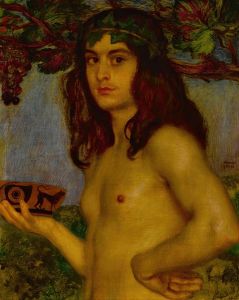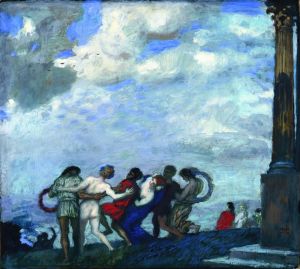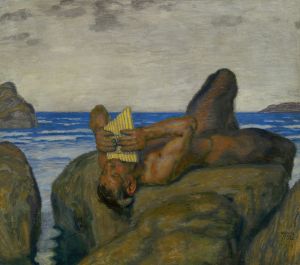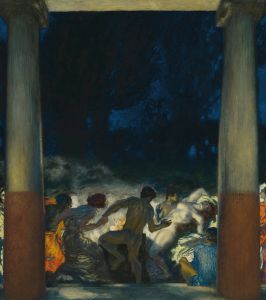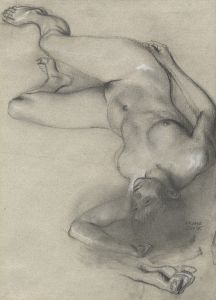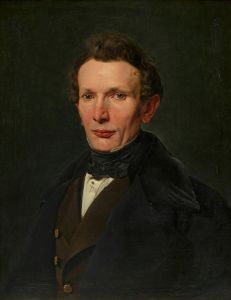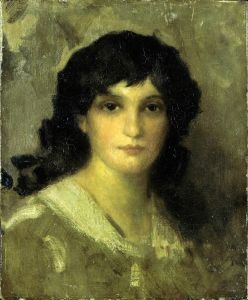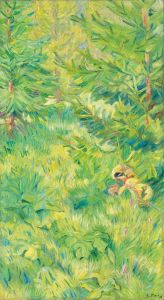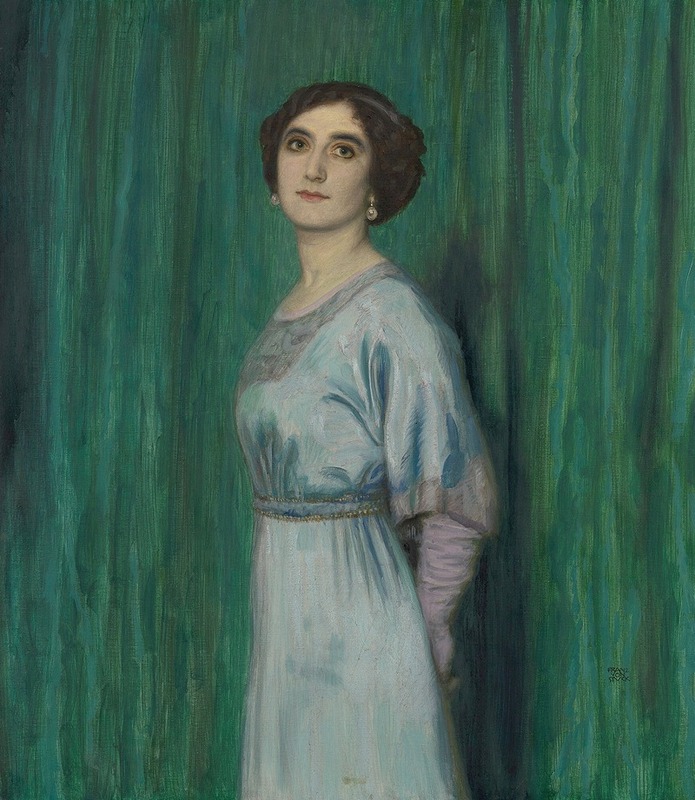
Bettina Heinemann
A hand-painted replica of Franz von Stuck’s masterpiece Bettina Heinemann, meticulously crafted by professional artists to capture the true essence of the original. Each piece is created with museum-quality canvas and rare mineral pigments, carefully painted by experienced artists with delicate brushstrokes and rich, layered colors to perfectly recreate the texture of the original artwork. Unlike machine-printed reproductions, this hand-painted version brings the painting to life, infused with the artist’s emotions and skill in every stroke. Whether for personal collection or home decoration, it instantly elevates the artistic atmosphere of any space.
Franz von Stuck was a prominent German painter, sculptor, and printmaker, known for his role in the Munich Secession movement and his contributions to Symbolism in art. Born in 1863 in Bavaria, Stuck gained recognition for his mythological and allegorical subjects, often characterized by their dramatic use of light and shadow, as well as their psychological depth.
"Bettina Heinemann" is one of Stuck's lesser-known works, and unfortunately, there is limited information available specifically about this painting. Stuck's oeuvre often focused on themes of mythology, sensuality, and the human condition, and his works were marked by a distinctive style that combined elements of Art Nouveau and Symbolism. His paintings frequently explored the interplay between light and dark, both in a literal and metaphorical sense, which was a hallmark of his artistic approach.
Stuck's influence extended beyond his paintings; he was also a respected teacher and a founding member of the Munich Secession, a group that sought to break away from the conservative art establishment of the time. His work was instrumental in shaping the direction of modern art in Germany during the late 19th and early 20th centuries.
While specific details about "Bettina Heinemann" are scarce, it can be inferred that the painting would reflect Stuck's characteristic style and thematic interests. His portraits often conveyed a sense of introspection and psychological complexity, capturing not just the physical likeness of his subjects but also an underlying narrative or emotional state.
Stuck's legacy is preserved in several major art collections, including the Stuck Villa in Munich, which serves as a museum dedicated to his life and work. The villa itself is a testament to his artistic vision, featuring architectural and interior design elements that reflect his aesthetic principles.
In summary, while detailed information about "Bettina Heinemann" by Franz von Stuck is not readily available, the painting can be appreciated within the broader context of Stuck's artistic achievements and his impact on the art world. His work remains a significant part of the study of Symbolism and the development of modern art in Germany.





